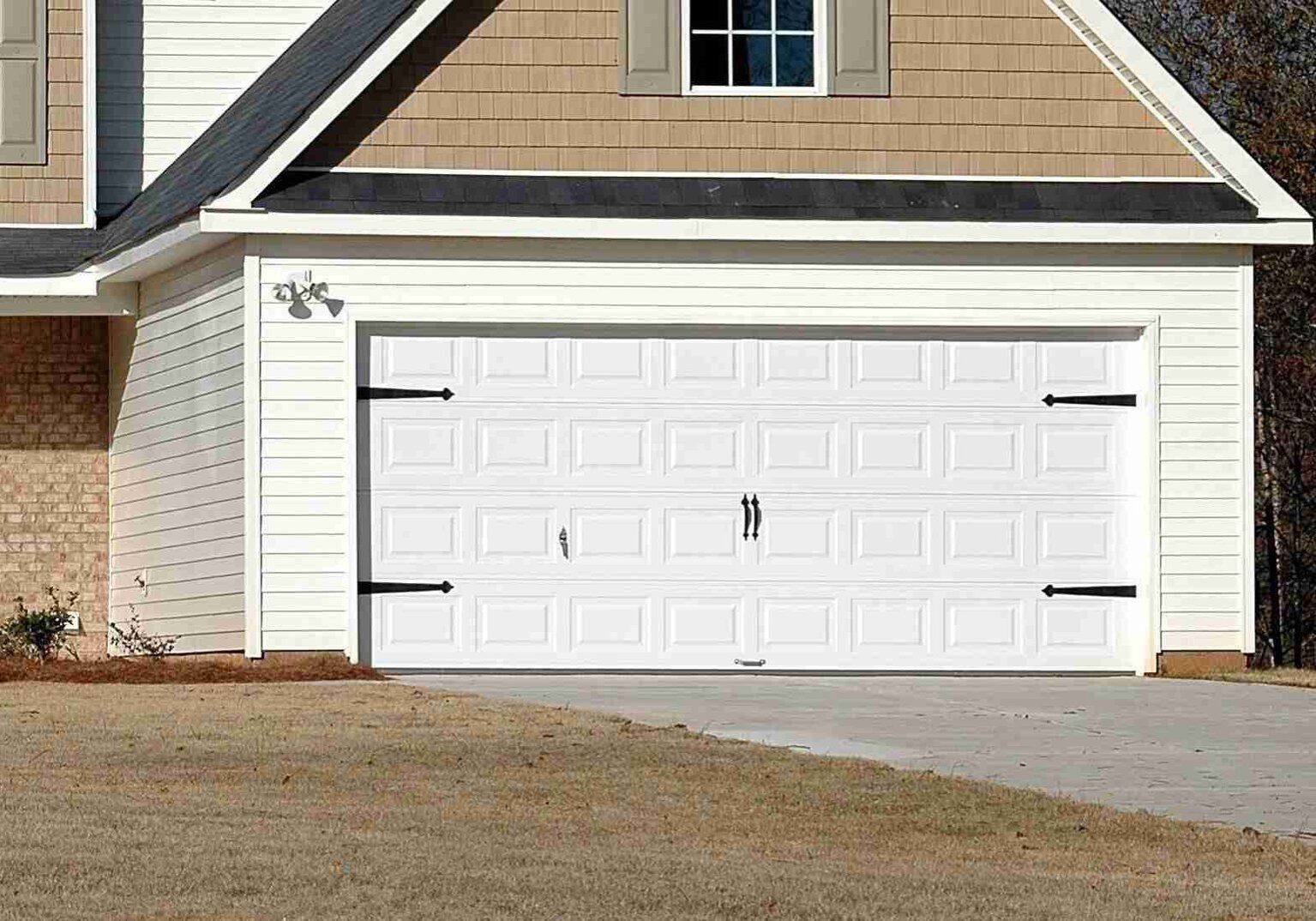Pressure Washing
Pressure washing is an excellent way to clean the exterior of your home and increase curb appeal. While this is a service Paint EZ offers, it is also one many homeowners like to do themselves. However, the job is not so easy as it looks. It requires care and attention to detail, much less, you may not realize a long-term benefit on the initial investment of buying a pressure washer.
While we can pressure wash your home and property for you, our most common application for pressure washing is before painting the exterior of your home. This is not an upsell item. We pressure wash homes before painting to help prepare the surface. Paint simply works best when applied to a surface free of dirt and debris. It is also our best chance to closely inspect the exterior of your home for damages needing repair before the paint can be applied. For this reason, many of our offices make their service warranty contingent upon them doing the pressure washing.
Of course, a great amount of care must be taken when pressure washing your home and property. On one side, there are a variety of pressure settings and spray nozzles for every job. On the other, the areas being cleaned have individual needs based on age and type of material used. But, the latter is often overlooked because most user manuals are designed around lab tests conducted on new materials. Let’s discuss some of the challenges homeowners face when pressure washing a home exterior.
Equipment
Pressure washers can be expensive. While lower-end units start around $100, the cost of purchasing a quality pressure washer quickly nears $1,500. That’s a large gap between equipment whose specifications are separated by gas or electric, a few hundred Pounds per Square Inch (PSI), and Gallons Per Minute (GPM).
Most salespersons will tell you to buy a pressure washer with the highest PSI and GPM to clean the greatest surface area in the least amount of time. However, a pressure washer’s application is not the same across all jobs. Incorrectly used, the best pressure washer will strip paint from metal and wood, destroy brick and mortar, and etch concrete.
Walls
The exterior walls of your homes might look like the safest place to try out your new pressure washer, but be warned. Vinyl siding has been around since the 1950s and it has improved greatly over time. But regardless, the older the siding is, the more likely it is to crack and sag. Pressure washing these surfaces of course can break the siding and washing in an upward direction can force water into the exterior walls, resulting in mold and other damage, or worse.
Pressure washing brick, concrete, or stucco walls might seem like a safe bet. But by process or protective coating, each of these has been made to withstand the elements. Pressure washing can easily remove that protection and accelerate their deterioration. Concrete walls are set in forms to be set smooth and remove surface air pockets. Bricks are similarly created. This allows water to run down the surface rather than the pool. Letting a power washer linger too long on one area can destroy this protection. It can also damage the mortar between bricks, resulting in costly repairs down the road.
Windows
The average home in the United States is 46-years old and many homes still have the original windows and screens that were installed when it was new, which is great. Windows provide some of the greatest detail in older architecture. But, a pressure washer can damage and even destroy these features. Screens must first be removed before pressure washing the home and should never come in direct contact with the pressure washer’s spray. Care should also be taken when spraying windows as the glass may break. A pressure washer can also force water into sills, expanding wood and damaging interior walls. Wood frame windows can also expand, causing them to stick.
Doors
The doors on the front of your house are the first things visitors notice about your home, which sounds obvious. But less obvious is your garage door that they will likely see before your front door. Most garage doors are painted white at the factory or any one of three exciting shades of brown to complement the typical home’s trim and contrast the siding.
Garage door design is intentionally made for visibility. But, it also highlights the problem of dust appearing more prominent on lighter colors. Garage doors are made of segmented pieces designed to look like wooden panels, the topside of which are notorious dust collectors. Your front door is similarly designed, but in one piece and with trim features glued on for the appearance of wood panels. While this may seem cheap, this is an ideal technique for keeping water from penetrating the joints and entering your home or garage.
Care must be taken when washing doors. The greatest concern for power washing a garage door is forcing water between the segmented panels and washing away lubrication on the hinges. For your front door, the angle of the spray can force water behind the attached panels and breaking whatever bonds hold it in place. A similarly designed, high-quality wooden door might also lose its shape, making it stick in colder months and create energy-efficient gaps in warmer months. It goes without saying that weatherstripping in the path of a power washer can quickly disintegrate.




